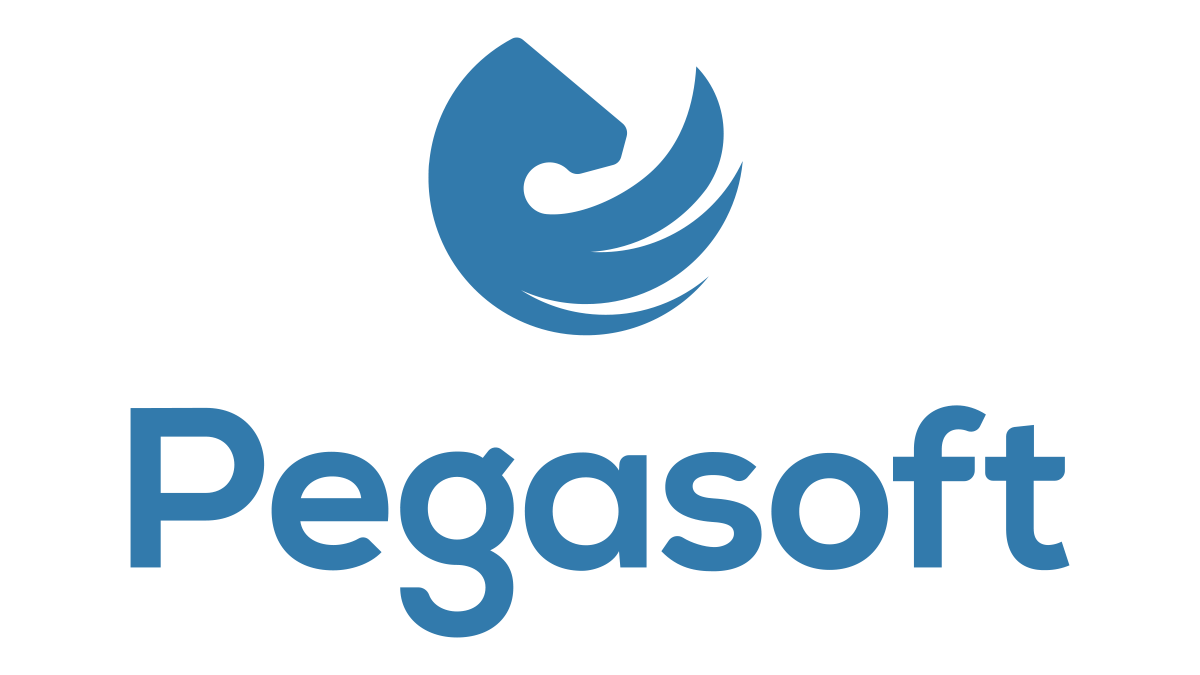New CAP contributions on agriculture: Rules and incentives for sustainable agriculture, youth, climate, environment and rural development
Noemi Ricci
CAP 2023-2027: A guide to the new Common Agricultural Policy, with rules and incentives.
What is the CAP?
The CAP 2023-2027 is the Common Agricultural Policy of the European Union, which offers support to farms with particular flexibility and adaptation of measures to local conditions. As a key instrument for achieving the objectives of the ‘farm to fork‘ strategy and the European Green Deal on biodiversity, the CAP focuses on ten objectives linked to the EU‘s objectives for the sustainability of agriculture and rural areas.
Each EU country then implements a national CAP, which provides funding for farm incomes, rural development and market measures. This Plan contributes to achieving the objectives set by the EU.
Finally, the PSP (Strategic Plan for the CAP) is the document that regulates the activities of Italian farmers and the distribution of funds agreed with the EU, introducing rules and incentives for the sector.
The new CAP contributions
The budget of EUR 36.6 billion is unchanged from the previous programming period. The resources will be divided between the following:
- First Pillar: direct payments (18.14 billion), managed at national level.
- Second Pillar, for rural development (16.40 billion), managed at regional level.
- Sectoral support (2 billion), managed at national level.
Pillar I – Direct Payments
Direct payments (Pillar I of the CAP) are divided into five types, summarised in the table below.
| Type of payment | Amount (in millions of euro) |
| Support for a basic income for sustainability | 1.678,19 |
| Complementary redistributive income support for sustainability | 349,6 |
| Complementary income support for young people | 69,92 |
| Climate and Environmental Schemes (Ecoschemes) | 874,06 |
| Income-related support | 524,43 |
| Total | 3.496,24 |
Basic income support
What is new is that for the basic payment – for which the farmer must be in possession of the titles – there are new rules for the distribution of the titles themselves, capping their value at €2,000.
In addition, the mechanism of convergence towards the average will be implemented, which will increase the low bonds and reduce the high ones in the coming years, bringing them closer to the average of 167 euros per hectare. By 2026, all bonds should reach at least 85% of the average value (i.e. 142 euros per hectare).
In theory, bonds should be abolished for good from 2028, in line with other EU countries such as Germany.
In order to receive the basic payment, the farmer must, in addition to holding the titles, comply with enhanced and social cross-compliance requirements.
Important news from 2024 are BCAA 7 and 8:
- Three-year crop rotation requirement;
- 4% of arable land is set aside to increase biodiversity, improve the quality of the soil and reduce erosion.
There are, however, a number of exceptions to the rotation rule for farms where more than 75% of the arable land is used for the production of grasses or other herbaceous fodder crops, for farms of less than 10 hectares, for submerged crops such as rice, for farms certified as organic or SQNPI, and for farms located in the south and in mountainous areas.
Bcaa 8 also provides for exemptions for holdings of less than 10 hectares or for holdings where more than 75% of the arable land is used for production purposes.
The new CAP introduces the so-called “green architecture“, which provides for three types of efforts to improve environmental sustainability in the primary sector:
- Reinforcement of cross-compliance at the basic level (mandatory);
- agro-climatic-environmental payments;
- the Ecoschemes.
Ecoschemes are voluntary and aim to encourage farmers to become involved in environmental and climate related activities. They are divided into five categories, which are described in the table below.
| Ecoscheme | Amount (in millions of euro) |
| Ecoscheme 1: Payment for the reduction of antimicrobial resistance (Level 1) and animal welfare (Level 2) | 376,424 |
| Ecoscheme 2: Payment for grassland used to grow trees | 155,325 |
| Ecoscheme 3: Payment for conserving landscape-enhancing olive trees | 150,021 |
| Ecoscheme 4: Payment for extensive rotated arable systems | 162,662 |
| Ecoscheme 5: Payment for targeted pollinator actions | 43,359 |
| Total Budget | 887,793 |
The coupled payment
The coupled payment provides specific aid per head of livestock or per specific crop to support certain production in sectors considered strategic or in difficulty. 42% of the budget is allocated to animal husbandry. The most supported crops are sugar beet and rice.
To qualify for coupled support, farmers must meet certain conditions, such as using certified seed or participating in supply chain or quality certification contracts.
Redistributive Income Support
Aimed at supporting small/medium enterprises with the contributions summarised in the table.
| Hectares | Payment |
| 1-14 | EUR 81.7 per hectare |
| 14-50 | EUR 1.143,8 (EUR 81.7 per hectare) |
| over 50 | 0 |
Support for young farmers
For farmers under the age of forty (under 40) who are considered farm managers and eligible for basic income support. This aid is paid on the basis of the number of hectares owned each year, with a maximum of 5 hectares and an amount calculated as 50% of the average value of the titles for the basic payment, set at EUR 83.50/ha. In addition, there is an overall limit of 90 hectares of land.

Pillar II – Rural Development
Rural development policies are now all dependent on the CAP Strategic Plan, even in the Autonomous Regions and Provinces, which now adopt a CSR or Regional Complement for Rural Development instead of their own RDP.
The management of the farmers’ applications will remain at regional level and the budget will be allocated according to certain parameters. Sicily receives the largest amount of funding at almost EUR 1.6 billion, followed by Campania with over EUR 1.2 billion and Apulia with around EUR 1.2 billion. Valle d’Aosta, on the other hand, is the region with the least resources.
Intervention types, identified by letters A to H, are introduced in place of measures. Types of interventions covered are:
- Payments for environmental, climate and other management commitments.
- Payments for natural or other specific territorial constraints.
- Payments for specific territorial disadvantages resulting from certain mandatory requirements.
- Investments (ex Measure 4.1).
- Setting-up of young farmers and new rural businesses (former measure 6.1).
- Tools for risk management.
- Cooperation (ex Measure 16).
- Sharing knowledge and intelligence.
For each type of intervention provided for by the Italian State, each region decides which commitment to activate. A new nomenclature of commitments is also defined, but this is only a formal change, since Pillar II finances the same interventions as in the old RDPs.
Sectoral support
This third instrument provides funding for specific sectors of the European agricultural economy. In Italy, this instrument will include targeted interventions in the fruit and vegetables, beekeeping, wine, hops, olive oil and table olives sectors.
A new feature of the 2023-2027 CAP is support for the potato sector. Specific funds are available to reduce the export imbalance.


